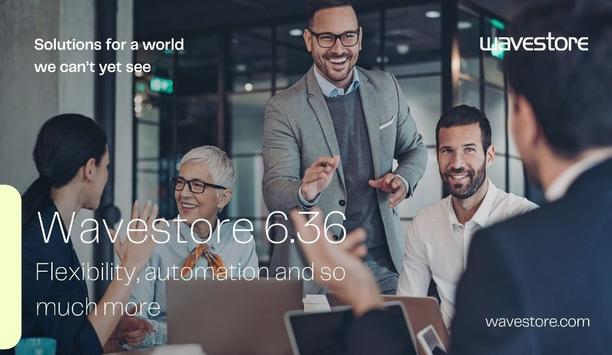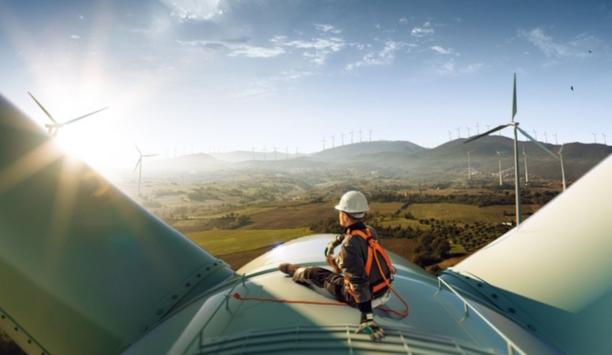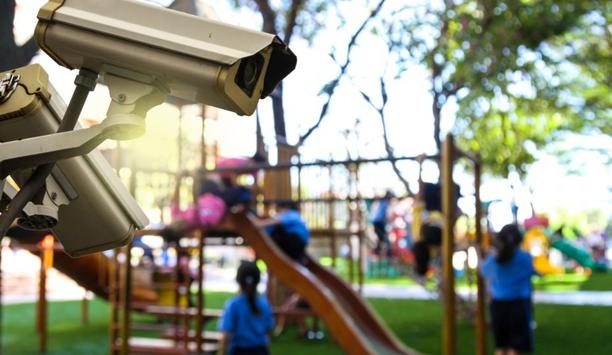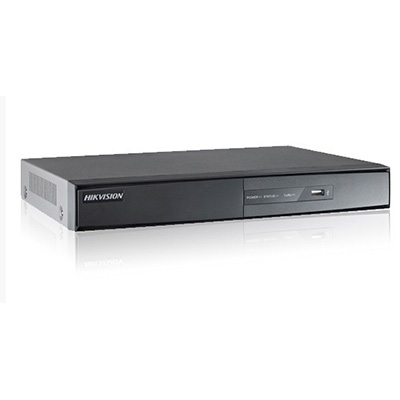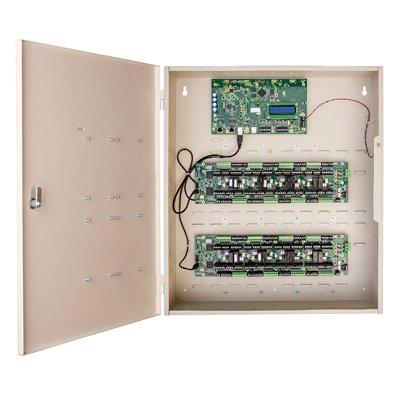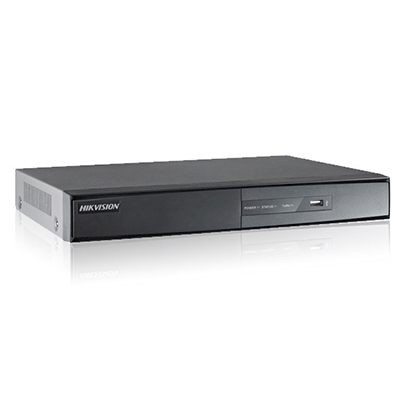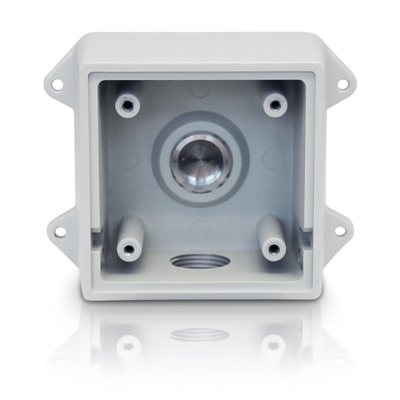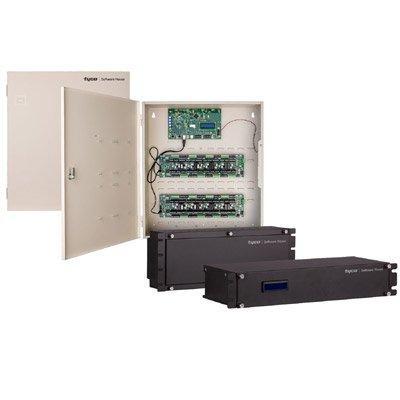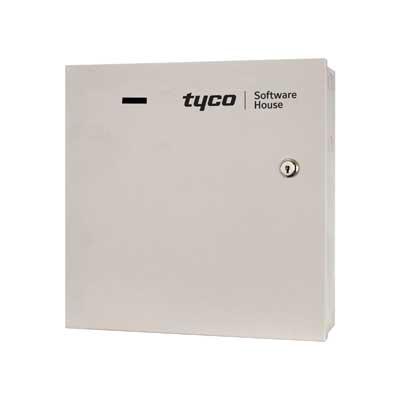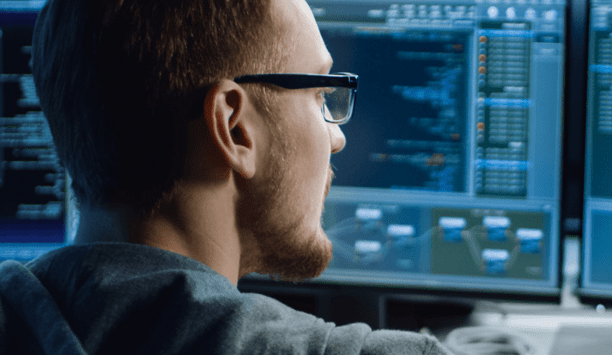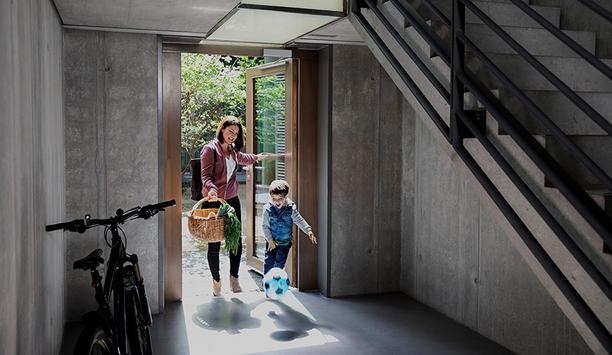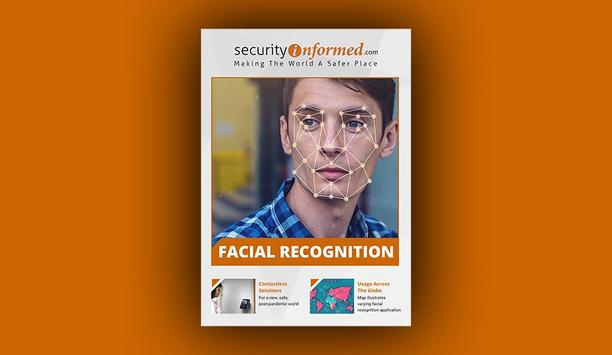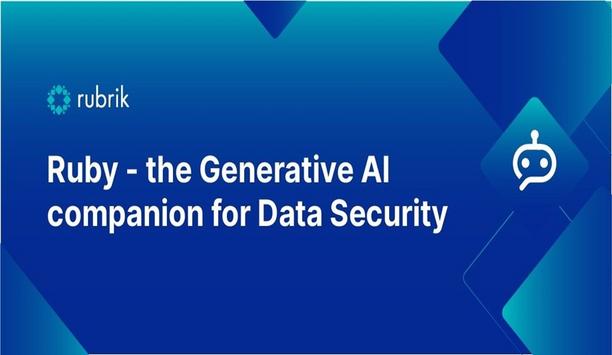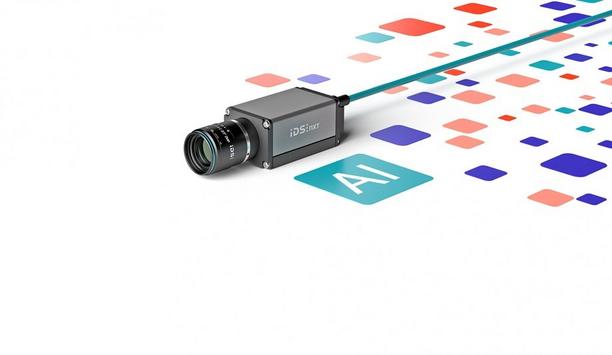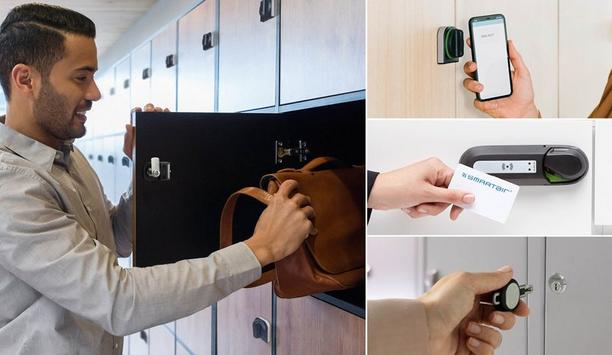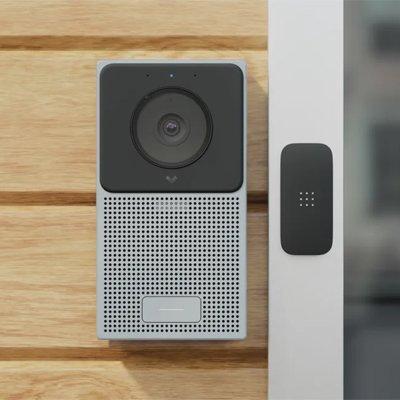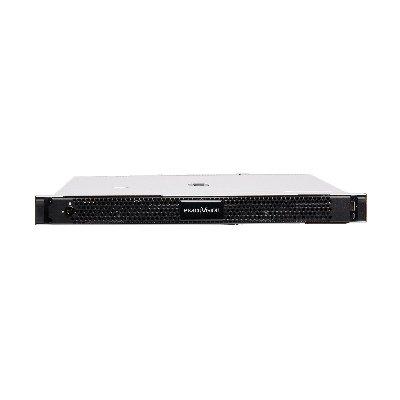March Networks recently unveiled the new RideSafe XT IP NVR recording platform. RideSafe XT delivers a first-of-its-kind Sleep Mode capability enabled by artificial intelligence (AI) to help transit agencies eliminate damage and risk when buses are out of service.
METRO Executive Editor, Alex Roman recently spoke to Net Payne, Chief Sales and Marketing Officer at March Networks, about the new platform, the importance of surveillance in transit, and how AI will continue to play a role in the industry’s future.
March Networks’ big announcement at APTA EXPO 2023
March Networks announced the release of the RideSafe XT IP network video recorder (NVR)
March Networks announced the release of the RideSafe XT IP network video recorder (NVR), which is their next generation NVR for the transit market. It has an AI-based processor from NVIDIA that runs the NVR. This chip enables the NVR itself to do AI, instead of that coming from cameras or in the cloud, which is a big advantage when you are deploying multiple cameras and have limited bandwidth.
One innovative piece of functionality is that RideSafe XT leverages AI to address what transit agencies really need, which is called Sleep Mode. What Sleep Mode does is help solve the problem of when there is damage or vandalism that happens to buses when they are on the lot, or wherever parking vehicles overnight.
RideSafe XT IP network video recorder (NVR)
Historically, there has always been a challenge when powering down the bus because there’s no more video surveillance, right? The sort of half-step taken to solve that is deploying a motion detector on the bus – the surveillance system, which when triggered spins up the NVR, but that process can take a few minutes to begin recording video and by that time, the damage can already be done and the vandal already gone without anything being captured on video.
What Sleep Mode is - a combination of how to be smarter with power usage, while also using AI that triggers only when there is an issue? Because there are features like people detection, car detection, and facial detection built in, when there are things happening in the background, like blowing trees, AI analytics can more effectively eliminate false alarms.
Because of that, it can be run on multiple cameras, instead of just one motion sensor that spins on one camera. More importantly, transit agencies can program the system themselves to do what they want to do. So, if an agency wants one camera on all four sides of a bus, they can configure the system to do that and record it all directly to an SD card that is located in the NVR itself.
Capability added based on feedback from customers
A majority of their customers are tier one agencies who have large fleets spread across several lots
After speaking to one customer recently, it was found out that not all of those bus depots necessarily have external video surveillance systems. Sometimes, they have somebody just drive around the lot to do a visual of the buses, which is not a cost-effective solution.
A majority of their customers are tier one agencies who have large fleets spread across several lots and they often have to deal with vandalism and vagrancy. With the motion sensor setups, they have heard that by the time the system spins up, the person is already off the bus or the damage is done.
Sleep Mode system
Transit agencies, especially the larger ones, spend $500 a bus or so for motion sensors. Spread over hundreds of buses, their system can save those agencies thousands of dollars.
But the bigger reality here is that their Sleep Mode system transit agencies will have the evidence they need to prosecute offenders — many of whom are repeat offenders when getting into those getting onto the buses to write graffiti or otherwise vandalize the bus.
How is AI fitting into public transit?
AI is an incredibly broad term, which most people are probably familiar with through ChatGPT, which deals with natural language, right? AI in the video surveillance space provides enhanced processing capabilities and the ability to train algorithms to make video analytics much better than they were before.
So when discussing AI in the video space, there are two things. One is analytics, which have existed for a while, but are now much better because they are no longer creating false alarms. In fact, they are allowing them to look for specific things. For example, they have one customer in the Northeast that wanted to be able to detect when a horse drawn buggy comes into a park.
AI can be trained to detect certain data sets
There is another opportunity with AI that they believe can be very useful in low-bandwidth environments
Now, that’s a random example, but it proves the point that AI can be trained to detect certain data sets and then perform those tasks. So for them, it’s about what to do with video analytics that are of a better quality, which in turn provides a real-use case for customers.
There is another opportunity with AI that they believe can be very useful in low-bandwidth environments and that is image-based analytics. So rather than running AI-analytics on a whole video stream, they are evaluating a single image in isolation.
Operations Audit functionality
Their product has a functionality called Operations Audit, which allows them to take a single image from multiple cameras and put it into one pane of glass at the time interval you like. What that does is it allows them to take those single images, ingest them, and run analytics. So, if there is something specific customers are looking for, theoretically the system will be able to start to learn how to predict what they are going to see, before it happens.
There is a lot more marketing hype around that prior to being widely adopted in transit because that is a few steps down the road. But it is really about how to start to make predictive business intelligence around AI based on what is happening in the background and not on the video stream. It can be on an image or data.
So, when ingesting fare systems, for example, and correlate that video to a transaction, customers can do that and start to apply an AI algorithm in the background that is looking for various things that have to do with the transaction, not necessarily the video.
- Where does March Networks go from here? Are there other capabilities that will be coming down the pike?
For March Networks, as a company and for U.S. transit, specifically, Cloud Managed video is the future. Now, cloud is another buzzword, and when asking customers what cloud video means to them, they would probably all have different answers. The reality is cloud video is very core to what they have always done, but it has always been managed by them in their own data centers.
They are already managing thousands of buses in the cloud, so their customers don’t have to worry about it. And, they have a second functionality, which is to monitor the health of all their cameras and NVRs across their fleets through a cloud portal. Those are just two elements, though.
Cloud storage - Challenging technological solution
The reality is cloud storage is really what many people have in mind when they think of the cloud
The reality is cloud storage is really what many people have in mind when they think of the cloud, but it is an inherently more challenging technological solution. Because there is a lot of video being recorded, it gets quite expensive when trying to store all of that footage.
They believe it is all about creating redundancy of the most important video, so they have a cloud storage solution where it can automatically be scheduled for a set of cameras being fed into an NVR to save footage that is captured when there is movement at night or an alarm is triggered.
Retain video for long-term evidence
Imagine in their scenario, then, that they are able to retain video for long-term evidence in a cloud storage solution automatically. All they have to do is set it up once and it will take all that video and retain it long term.
So, while public transit has been a bit slower than the rest of the video surveillance market to adopt cloud-managed video that is absolutely where the industry is headed. It may start small, but it will begin to grow, especially in the tier one transit space.
As that happens, then customers will start to see players like March Networks have contracts where they are sometimes doing just cloud-managed video and other times putting redundant storage in the cloud. It will ultimately be up to the individual transit agencies.




